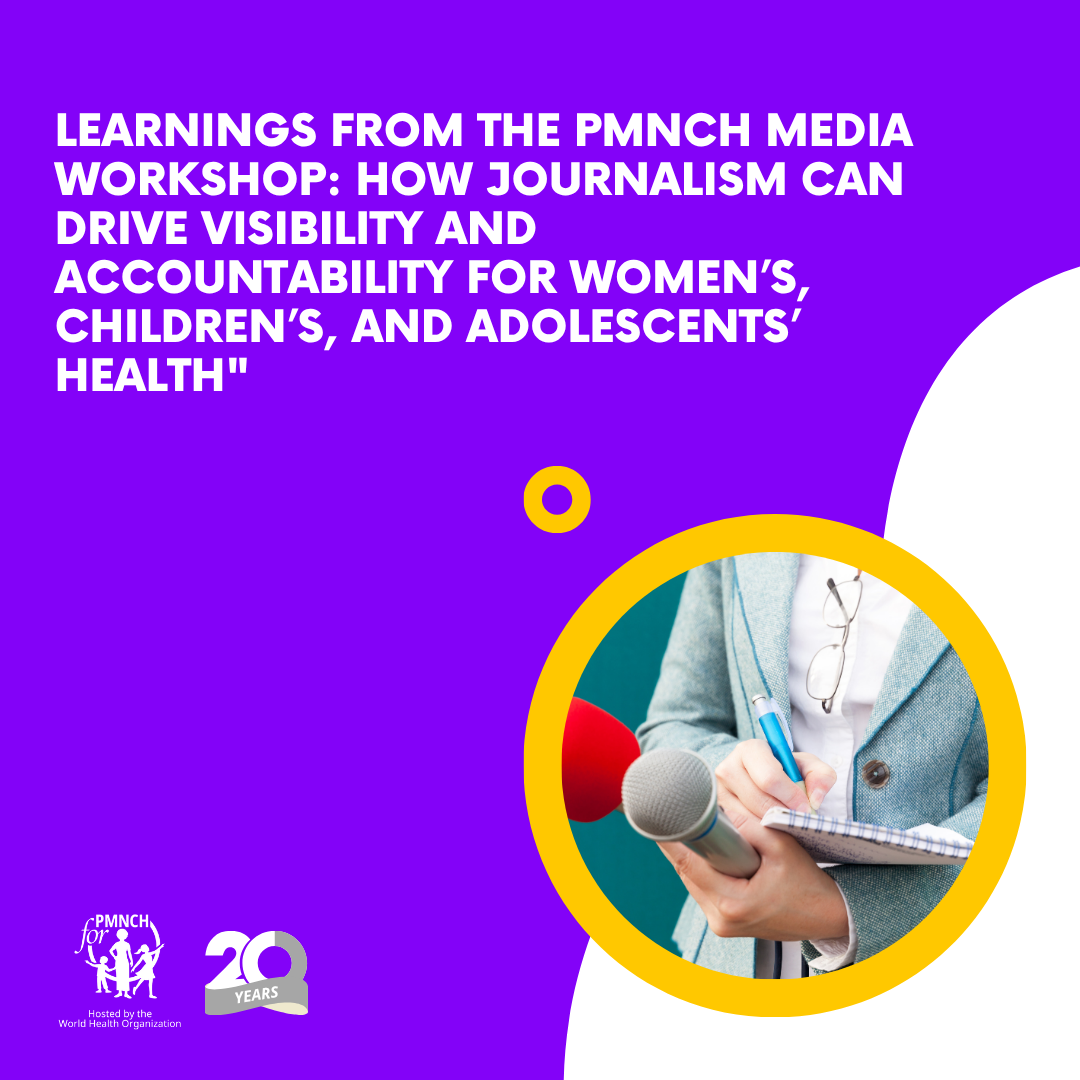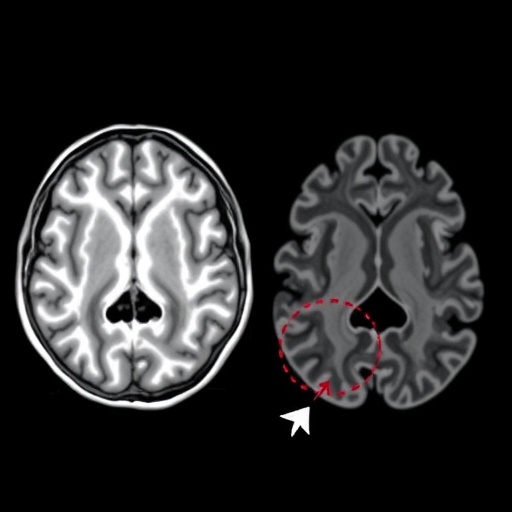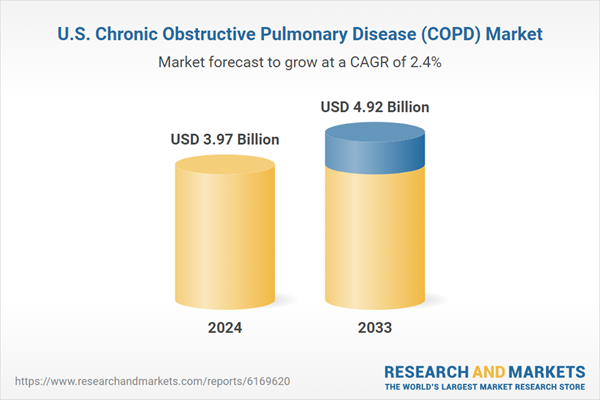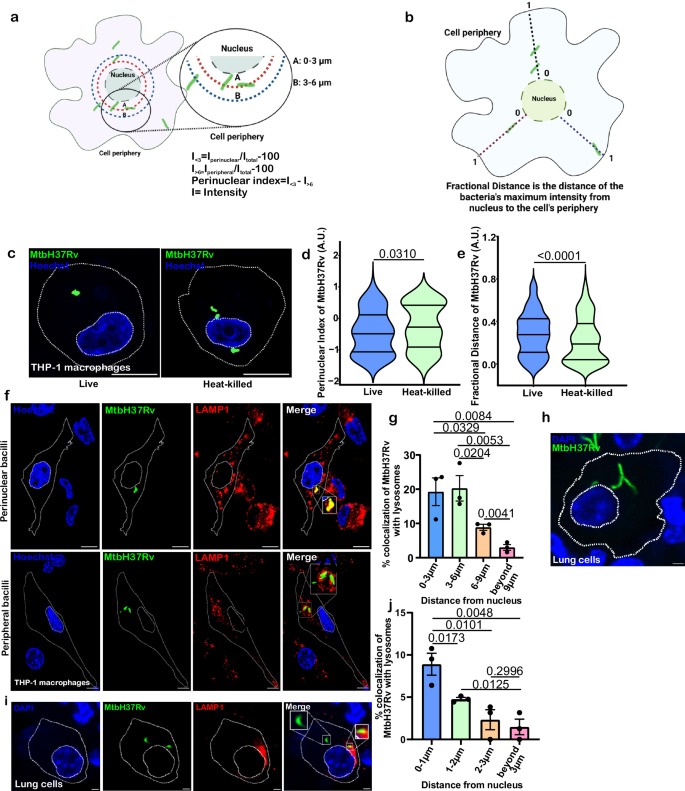Alcohol Consumption in Europe: A Public Health Crisis and an Obstacle to Sustainable Development Goals
Introduction
Alcohol consumption in the European Union (EU) is the highest in the world, posing a significant threat to public health and sustainable development. The widespread use of alcohol results in severe health, social, and economic consequences, directly undermining progress towards Sustainable Development Goal 3 (SDG 3): Good Health and Well-being. This report outlines the scale of the problem, its impact on key SDGs, and evidence-based policy solutions recommended by the World Health Organization (WHO).
Health Impact: A Direct Challenge to SDG 3.4
The Burden of Alcohol-Attributable Cancer
The harmful use of alcohol is a major contributor to non-communicable diseases (NCDs), directly contravening SDG Target 3.4, which aims to reduce premature mortality from NCDs. According to 2020 data from the WHO’s International Agency for Research on Cancer (IARC), alcohol consumption led to approximately 111,300 new cancer diagnoses in the EU. Key statistics include:
- 36,900 cases of colorectal cancer
- 24,200 cases of breast cancer
- 12,400 cases of mouth and throat cancer
Men accounted for nearly 70% of these alcohol-related cancer diagnoses. Across the entire WHO European Region, alcohol was responsible for over 93,000 cancer deaths in the same year. This data underscores the urgent need for policies that address alcohol as a primary risk factor for NCDs.
Socio-Economic Consequences and Their Impact on SDGs
Economic Burden and SDG 8
The economic damage caused by alcohol consumption is substantial, hindering progress towards SDG 8 (Decent Work and Economic Growth). In 2018, premature deaths from alcohol-related cancers alone cost the EU an estimated €4.6 billion. The total economic impact, including costs from hospitalizations, accidents, domestic violence, and lost productivity, amounts to tens of billions of euros annually. These costs represent a significant drain on national economies and are ultimately borne by taxpayers.
Case Study: Germany
Germany exemplifies the challenge, with an average annual consumption of 10.6 litres of pure alcohol per person—nearly double the global average. This high consumption rate contributes to approximately 70,000 deaths each year. The country’s policy framework, which includes no excise tax on wine and very low taxes on beer, makes alcohol highly affordable, a trend the WHO warns encourages consumption and works against the objectives of SDG 3.
Policy Interventions: A Roadmap to Achieving SDG 3.5
The WHO “SAFER” Strategy
To address the harmful use of alcohol, the WHO has developed the “SAFER” strategy, an evidence-based framework that aligns directly with SDG Target 3.5 (Strengthen the prevention and treatment of substance abuse, including harmful use of alcohol). The strategy outlines five high-impact interventions:
- Stricter rules on availability and sales: Limiting hours and points of sale for alcohol. Countries like Lithuania have seen sharp declines in alcohol-related harm after implementing such measures.
- Raising taxes and setting minimum prices: This is identified as the most effective intervention. A 10% tax increase can reduce consumption by an estimated 4%.
- Comprehensive advertising bans: Prohibiting alcohol marketing and sponsorship protects vulnerable populations, particularly young people.
- Easier access to early detection and treatment: Integrating screening and brief interventions into primary care settings to ensure those with alcohol dependence receive support.
- Strict traffic controls: Implementing lower blood alcohol limits and frequent testing to reduce road accidents, contributing to SDG Target 3.6 (Halve deaths and injuries from road traffic accidents).
Success stories in Lithuania and Estonia, where consumption fell by up to 30% following the implementation of these policies, demonstrate their effectiveness.
Barriers to Implementation and the Role of SDG 16
Industry Influence and Political Will
Despite clear scientific evidence, the adoption of effective alcohol control policies is often hindered by the political and economic influence of the alcohol industry. This opposition presents a challenge to SDG 16 (Peace, Justice and Strong Institutions), which calls for effective, accountable, and transparent institutions. In many EU member states, the industry’s economic significance is used to argue against public health measures such as tax increases and advertising bans.
Conclusion: A Sober Path Towards a Sustainable Future
The scientific evidence is unequivocal: population-wide alcohol control policies reduce consumption, lower cancer risk, and save lives. The failure to implement these proven strategies represents a significant missed opportunity to advance public health and achieve key Sustainable Development Goals. The decision rests with European governments to prioritize the well-being of their citizens over economic interests and translate established evidence into life-saving policy, thereby making a tangible commitment to the 2030 Agenda for Sustainable Development.
1. Which SDGs are addressed or connected to the issues highlighted in the article?
The article on alcohol consumption in Europe and its consequences directly addresses and connects to several Sustainable Development Goals (SDGs). The primary focus is on health, but the discussion extends to economic and social stability.
-
SDG 3: Good Health and Well-being
This is the most prominent SDG in the article. The text extensively details the devastating health impacts of alcohol, including its role in causing cancer, premature death, and addiction. It discusses the high rates of alcohol-related diseases and deaths in the EU, directly linking alcohol consumption to non-communicable diseases (NCDs) and substance abuse, which are central concerns of SDG 3.
-
SDG 16: Peace, Justice and Strong Institutions
The article touches upon the social consequences of alcohol abuse, such as “domestic violence” and “alcohol-related violence.” These issues are directly related to the goal of reducing all forms of violence. Furthermore, the discussion on government policies, taxation, advertising bans, and the influence of the alcohol industry on political decisions highlights the importance of effective governance and strong institutions to implement public health measures.
2. What specific targets under those SDGs can be identified based on the article’s content?
Based on the issues discussed, several specific SDG targets can be identified:
-
SDG 3: Good Health and Well-being
- Target 3.4: By 2030, reduce by one third premature mortality from non-communicable diseases through prevention and treatment and promote mental health and well-being. The article’s core argument is that alcohol is a leading cause of premature death from NCDs like cancer. It states that in 2020, alcohol led to “approximately 111,300 new cancer cases” and “more than 93,000 cancer deaths” in the WHO European Region. The proposed policies, such as taxation and sales restrictions, are presented as direct prevention strategies to reduce this mortality.
- Target 3.5: Strengthen the prevention and treatment of substance abuse, including narcotic drug abuse and harmful use of alcohol. The article explicitly addresses the “harmful use of alcohol.” It notes that “7.4 million people in Germany are considered alcohol-dependent or drink at risky levels” and criticizes that “only a fraction receive care.” The WHO’s “SAFER” strategy, which includes “Easier access to early detection and treatment,” directly aligns with this target.
- Target 3.6: By 2020, halve the number of global deaths and injuries from road traffic accidents. The article mentions that one of the proven strategies to curb alcohol harm is “Strict traffic controls,” which “reduce road accidents.” It also notes that Lithuania and Estonia reported “substantial declines in… traffic accidents” after implementing stricter alcohol policies.
-
SDG 16: Peace, Justice and Strong Institutions
- Target 16.1: Significantly reduce all forms of violence and related death rates everywhere. The article links alcohol consumption to “domestic violence” and notes that countries implementing stricter sales rules have seen “sharp declines in alcohol-related violence.” This directly connects the reduction of harmful alcohol use to the reduction of violence.
3. Are there any indicators mentioned or implied in the article that can be used to measure progress towards the identified targets?
Yes, the article provides several quantitative and qualitative indicators that can be used to measure progress.
-
Indicators for SDG 3 Targets
- Mortality and Morbidity Rates (Target 3.4): The article provides specific numbers that serve as baseline indicators, such as “111,300 new cancer cases” and “93,000 cancer deaths” in 2020 linked to alcohol. In Germany, “roughly 70,000 deaths annually” are attributed to alcohol. Progress would be measured by a reduction in these figures.
- Alcohol Consumption Levels (Target 3.5): The article uses “per capita consumption of pure alcohol” as a key indicator. It states Germany’s average is “10.6 L per person per year,” nearly double the global average of “5.5 L.” The article also notes that Lithuania and Estonia have “reduced alcohol consumption by up to 30% within a decade,” demonstrating this as a measurable indicator of policy success.
- Prevalence of Harmful Use (Target 3.5): The statistic that “7.4 million people in Germany are considered alcohol-dependent or drink at risky levels” is a direct indicator of the prevalence of substance abuse. A reduction in this number would indicate progress.
- Incidence of Alcohol-Related Accidents (Target 3.6): The article implies that the number of “alcohol-related… traffic accidents” is a key indicator. The reported “substantial declines” in these accidents in Lithuania and Estonia after policy changes show how this can be tracked.
-
Indicators for SDG 16 Target
- Rates of Alcohol-Related Violence (Target 16.1): The article mentions “domestic violence” and “alcohol-related violence” as consequences. The “sharp declines in alcohol-related violence” observed in Lithuania and Finland after policy implementation serve as a clear indicator for measuring progress toward this target.
4. Create a table with three columns titled ‘SDGs, Targets and Indicators” to present the findings from analyzing the article.
| SDGs | Targets | Indicators |
|---|---|---|
| SDG 3: Good Health and Well-being | 3.4: Reduce premature mortality from non-communicable diseases (NCDs). |
|
| SDG 3: Good Health and Well-being | 3.5: Strengthen the prevention and treatment of substance abuse, including harmful use of alcohol. |
|
| SDG 3: Good Health and Well-being | 3.6: Halve the number of global deaths and injuries from road traffic accidents. |
|
| SDG 16: Peace, Justice and Strong Institutions | 16.1: Significantly reduce all forms of violence and related death rates everywhere. |
|
Source: medscape.com







